How many different types of sand are there? Nobody knows an answer to this seemingly simple question because there are no such thing as an official sand classification. However, sand is a highly variable substance and therefore it is definitely possible to make an attempt to classify it into separate categories.

Nine sand samples above represent nine different sand types. Row by row from left to right: 1. Glass sand from Kauai, Hawaii 2. Dune sand from the Gobi Desert, Mongolia 3. Quartz sand with green glauconite from Estonia 4. Volcanic sand with reddish weathered basalt from Maui, Hawaii 5. Biogenic coral sand from Molokai, Hawaii 6. Coral pink sand dunes from Utah 7. Volcanic glass sand from California 8. Garnet sand from Emerald Creek, Idaho 9. Olivine sand from Papakolea, Hawaii.

|
Coral sand | “Coral sand” has several meanings. Find out what it really is. |
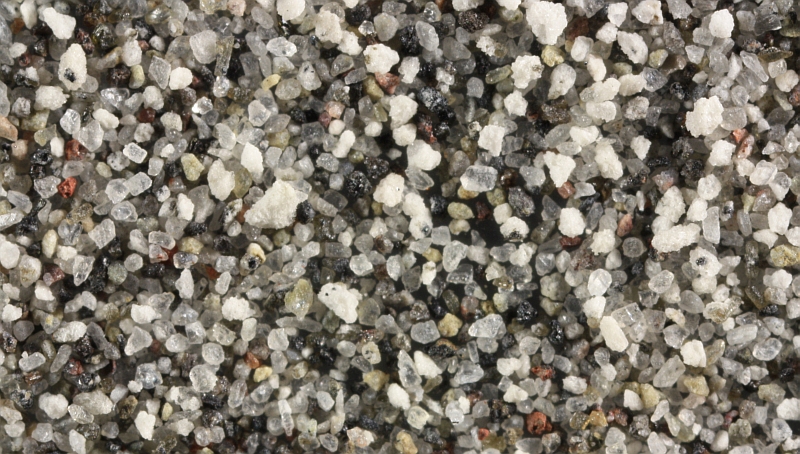 |
Volcanic ash | Volcanic ash is a fine mixture of minerals and rock fragments thrown out of a volcano during exposive volcanic eruption. |
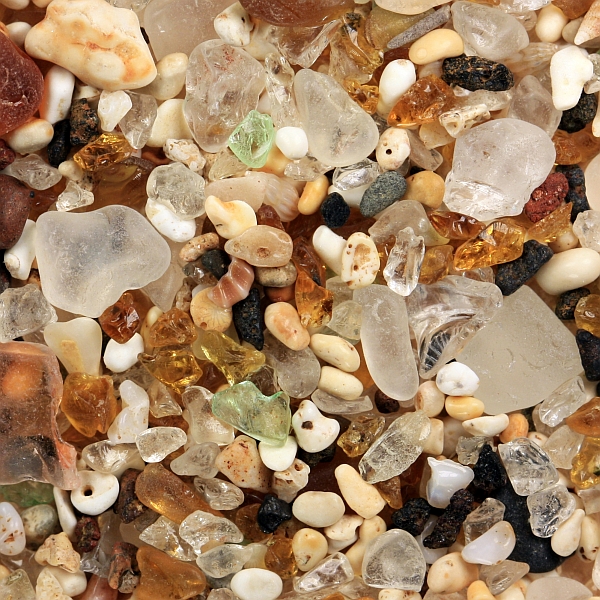 |
Glass sand | Traces of human activity are visible almost everywhere. Even sand may sometimes contain artificial fragments in quantities that justify the creation of a separate sand type. |
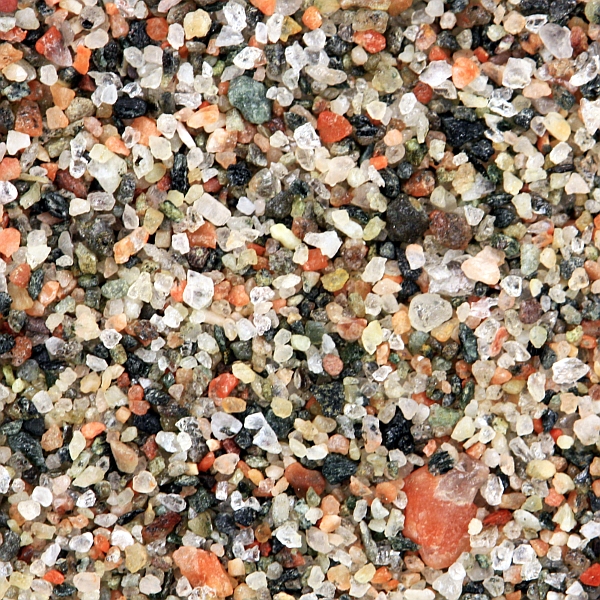 |
Immature sand | Sand composed of the same minerals that made up its parent rocks. |
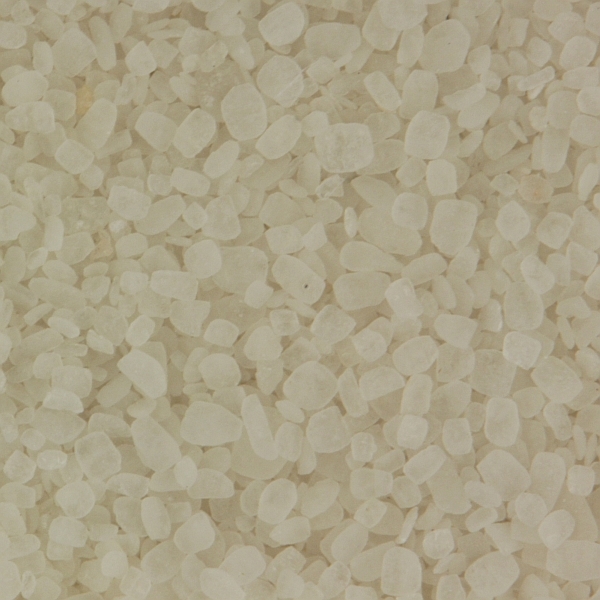 |
Gypsum sand | A rare sand type composed of gypsum grains. |
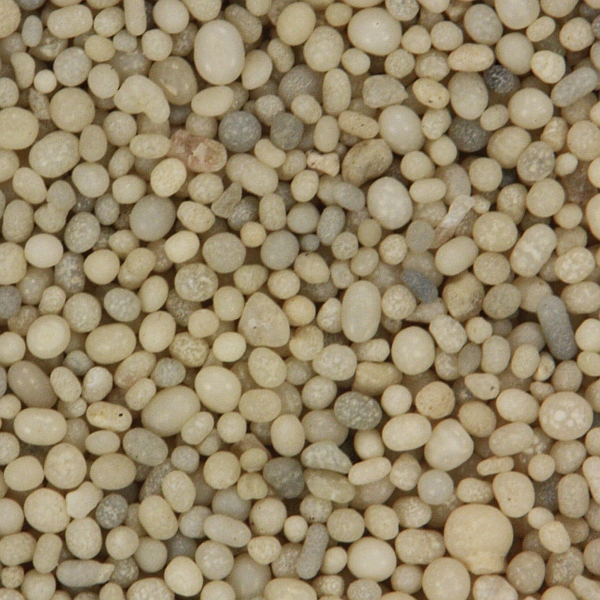 |
Ooid sand | Ooids are rounded pellets formed in a shallow wave agitated water. |
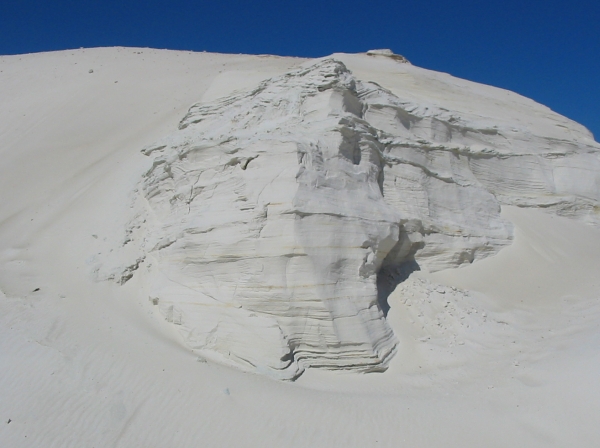 |
Silica sand | Silica sand is almost pure quartz. |
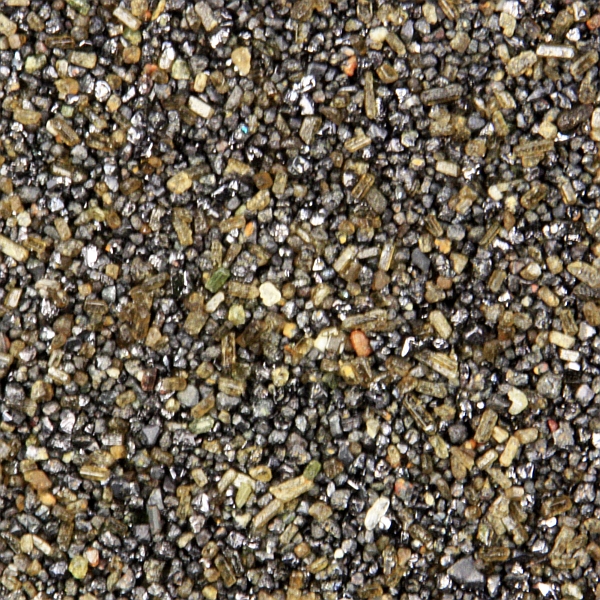 |
Black sand | There are two types of black sand. |
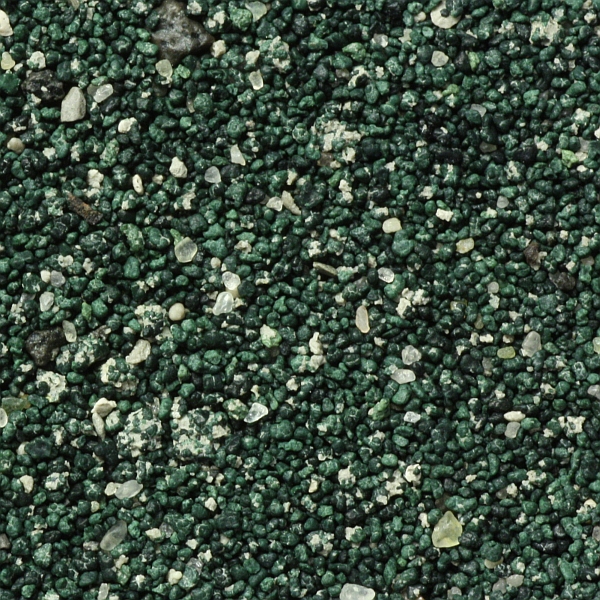 |
Greensand | Greensand and green sand. What is the difference? |
 |
Desert sand | What are the characteristic features of dune sand? |
 |
Lithic sand | Sometimes sand is composed of tiny rocks. |
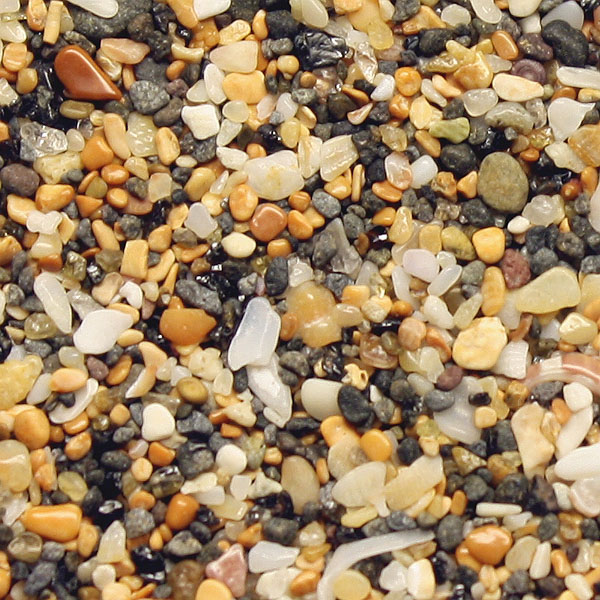 |
Mixed carbonate-silicate sand | Some sand samples are mixture of organic and inorganic sand grains. |

|
Biogenic sand | Sand may be composed entirely of tiny skeletons — sea shells, corals, forams, etc. |
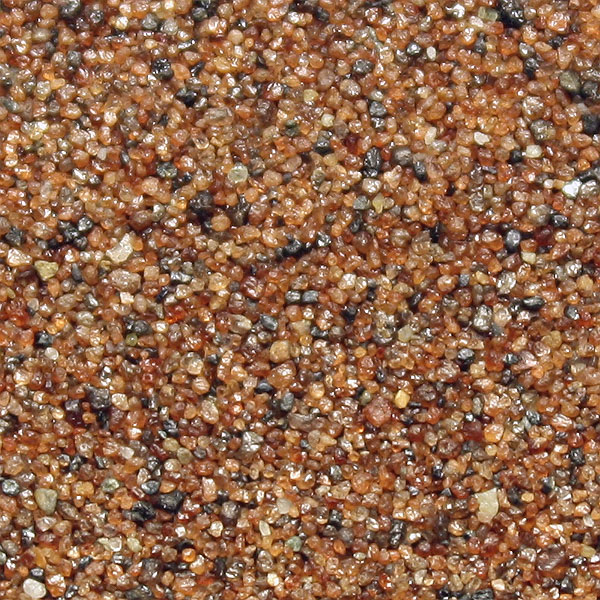 |
Garnet sand | Garnet is a common mineral in sand but sometimes it forms the majority of it. |
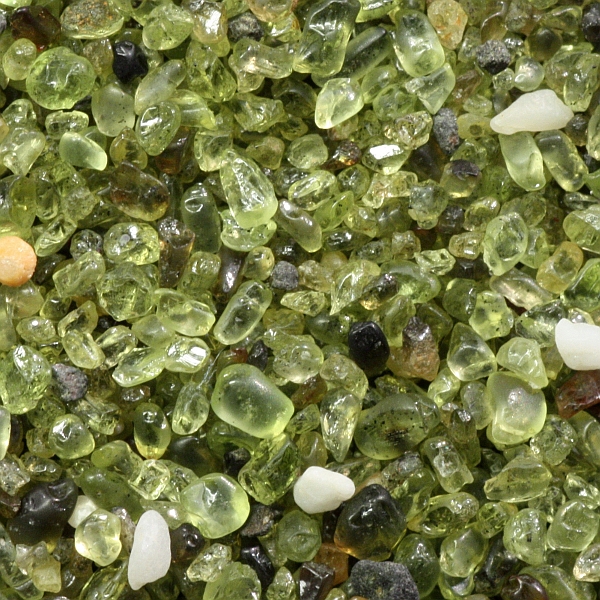 |
Olivine sand | Olivine is very unstable in the weathering environment. Still, it is surprisingly common sand mineral in some regions and sometimes makes up major part of the sand. |
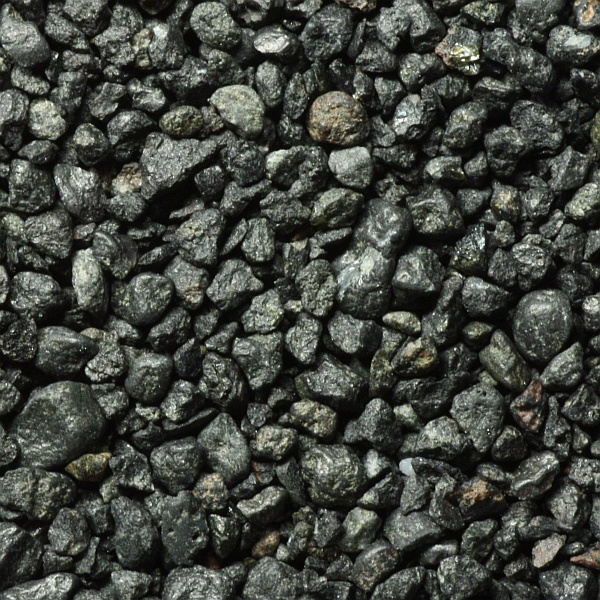 |
Volcanic sand | Volcanically active regions have their own unique type of generally dark-colored sand with a characteristic mineral assemblage. |
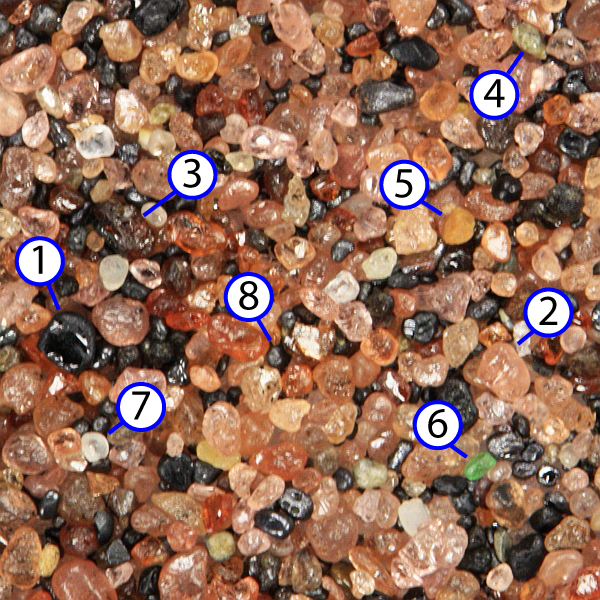 |
Heavy mineral sand | Heavy minerals are present in most sand types. However, they rarely make up more than few percent of it. Sometimes heavy minerals get concentrated enough to form heavy and usually very beautiful sand. |
 |
Sands with hematitic pigment | Hematite is the mineral that gives reddish color to desert sands and sandstone formations all over the world. |
 |
Continental sand | The name says it all. This sand is common weathering product of the continental landmasses. |

|
Quartz sand | Quartz is the most common sand forming mineral. This sand type consists little else than this mineral. |

You may also like my gallery of Colors in sand.
Further reading
Pettijohn, F. J., Potter, P. E. & Siever, R. (1973). Sand and Sandstone. Springer.
Siever, R. (1988). Sand, 2nd Edition. W H Freeman & Co.